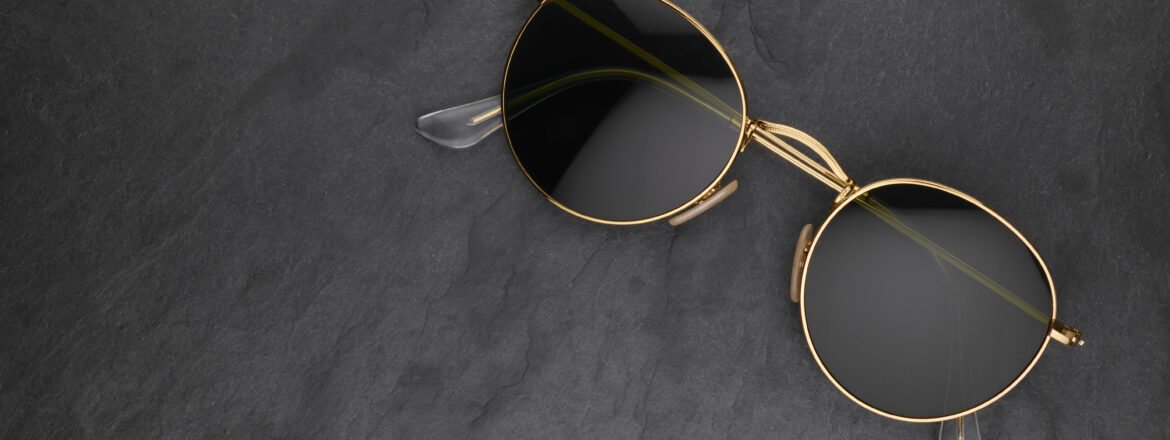Regular sunglasses, despite their widespread use, may not provide the necessary defence against the sun’s harmful rays during an eclipse. This blog, backed by scientific evidence and expert guidelines, aims to uncover the truth about their inadequacy, ensuring that enthusiasts can safely enjoy the spectacle without risking ocular health.
Understanding Solar Eclipses and Eye Safety
The Mechanics of a Solar Eclipse
Describe the celestial phenomenon where the moon moves in front of the sun, casting a shadow on Earth and momentarily blocking sunlight. Discuss the types of eclipses—total, partial, and annular—and the importance of understanding these distinctions in the context of eye safety.
Solar Radiation and Its Potential Harm
Explain the dangers of ultraviolet (UV), visible light, and infrared radiation exposure during an eclipse, emphasizing the risk of retinal damage and the need for appropriate eye protection.
The Inadequacy of Regular Sunglasses
Limitations of Sunglasses in Blocking Solar Rays
Regular sunglasses, while designed to filter out UV rays under normal daylight conditions, fail to protect against the intense solar radiation encountered during an eclipse. This can lead to severe and permanent eye damage, underscoring the urgency of using proper eclipse glasses or alternative safe viewing methods.
The Risk of Permanent Eye Damage
It’s crucial to understand the potential for severe and permanent eye damage, such as solar retinopathy, when viewing an eclipse without adequate protection. This underscores the false sense of security that sunglasses may provide, a fact that should concern us all and motivate us to learn about safe viewing practices.
Standards for Eclipse Viewing Safety
ISO Certification for Eclipse Glasses
ISO 12312-2 certification for eclipse glasses is significant as it ensures their safety and efficacy, setting them apart from ordinary sunglasses. This standard guarantees that the glasses provide adequate protection against the sun’s harmful rays during an eclipse, unlike regular sunglasses, which do not offer the necessary level of solar radiation shielding.
Evaluating and Choosing the Right Eclipse Eyewear
Offer advice on choosing the correct eyewear for eclipse viewing, focusing on verifying ISO certification to ensure authenticity and highlighting the dangers of fake products. This advice aims to assist people in finding trustworthy and secure eclipse glasses that shield the eyes from dangerous solar rays, thus preventing the hazards associated with fake eyewear.
Proper Eclipse Viewing Techniques
Safe Viewing Practices
Detail the safe methods for watching a solar eclipse, stressing the proper use of eclipse glasses and highlighting the risks of using optical instruments such as cameras or telescopes without appropriate filters. Emphasize the importance of protecting the eyes from the sun’s harmful rays to prevent damage during the eclipse observation.
Alternatives to Direct Viewing
Rest assured, there are safe methods to observe an eclipse without direct eye contact. These include using pinhole projectors or attending viewing events that offer live professional broadcasts. These alternatives provide a way to experience the phenomenon safely, ensuring a memorable viewing experience without compromising eye health.
Educating the Public on Eclipse Safety
The Role of Astronomy and Health Organizations
Explore how astronomy and health organizations contribute to public education on safe eclipse viewing through campaigns, educational initiatives, and the distribution of protective materials. These efforts aim to raise awareness and ensure the public can enjoy eclipses safely, highlighting the importance of protecting one’s eyesight during such celestial events.
Myths and Misconceptions about Eclipse Safety
Tackle prevalent myths and misunderstandings surrounding solar eclipse observation, offering accurate data to counter these notions and enhance eye protection. This discussion should clarify the truth about eclipse safety, debunk false beliefs, and educate people on the proper precautions to take when viewing a solar eclipse, thereby ensuring the public’s eye health and safety during these astronomical events.
Conclusion
Reiterate the critical message that regular sunglasses are not safe for viewing a solar eclipse. Emphasize the importance of using proper eclipse glasses or alternative safe viewing methods to protect one’s eyesight from the damaging effects of the sun’s rays during an eclipse. Encourage readers to prioritize eye safety and enjoy the celestial phenomenon with the proper protection and knowledge.


